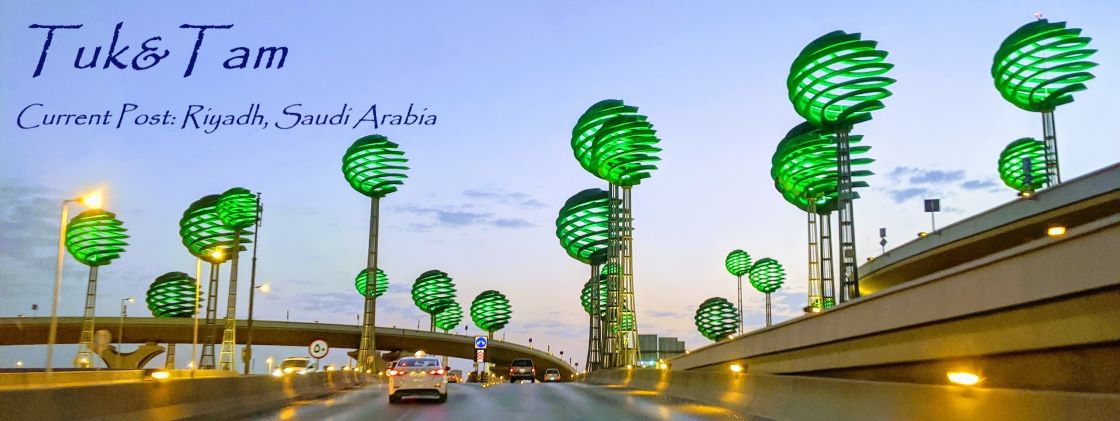But first the backstory, cause there's always a backstory, right? I have had this recipe since the 1990s, when I was a poor college student living in Varna, Bulgaria. Monumental changes were under way in the whole region. The communism experiment was over and it was time to try something else. Bulgaria, like most of the countries in the area, was fighting its way to democracy and free market economy, or as close as we could get to those things. Grappling with the changes was very hard for many. People didn't have much and lived very modestly.
My best friend Nassia and I were renting a room in the apartment of an elderly lady, Baba Radka. She was a widow and rented out two of the bedrooms in her apartment to students to supplement her retirement income. The apartment was old but it was a five-minute walk from my college and right by the Sea Garden (a beautiful large park along the Black Sea in Varna), so while it was not at all fancy, it was certainly convenient. Baba Radka would bake this thing on occasion and the whole apartment would smell like baked apples, cinnamon and nuts. It smelled like heaven to me. She would sometimes give Nassia and me a piece each. The pieces always seemed tiny to me but OMG, so delicious! I would sit there and eat it as slowly as I could, savoring every crumb until it was all gone. She didn't let us use her kitchen, so we had no way of making our own but I did ask her for the recipe and she gave it to me. At first I made it brownie-style like Baba Radka but over the years decided that making individual muffins using the same recipe was easier and more practical.
I have made those muffins a million times with whatever fruit, yogurt and nuts I could get in the different places where we lived. I love how simple and versatile it is. You don't have to have anything special to make them. You don't even have to have a blender. You can easily mix the ingredients by hand. You can adjust the recipe to your dietary needs/preferences. You can make it vegan by replacing regular yogurt with soy or coconut yogurt. You can use different fruit and/or nuts. I haven't tried to make it sugar-free or gluten-free but the recipe is so simple that I bet it would work. You may need to play with it a little bit but the possibilities are really endless.
OK let's get to it. Here is the basic recipe:
Fruit, Yogurt and Nut Muffins
1 cup sugar
1 cup plain yogurt
1 teaspoon baking soda
1/2 cup oil
2 cups flour
1 teaspoon cinnamon
1 cup chopped/grated nuts
1 cup chopped/grated fruit
Add ingredients gradually and mix well as you add each.
Pour into muffin tins. Bake @ 350 F (about 180 C) for about 30-35 min.
Notes - I have experimented with this recipe a lot. Here are some suggestions that may be helpful:
- I generally use regular sugar but brown sugar works just as well.
- I use plain yogurt but you can use flavored too. If you use flavored, you may want to lower the amount of sugar by however much sugar is in the yogurt or you'll end up with sweeter muffins. I personally don't like them too sweet. If your yogurt is very thick, as is the case with the yogurt we buy here in Saudi Arabia, you may need to add a little liquid (water or fruit juice) to get the right consistency or you'll end up with muffins that are too dry.
- I use sunflower oil. I have tried other oils but keep coming back to sunflower as I like it's flavor best.
- Nuts - I use walnuts most of the time but have tried almonds, hazelnuts, pumpkin, sunflower and apricot seeds. I bet pecans, peanuts, cashews and pine nuts would work well too. If you are allergic, you may need to skip the nuts and experiment with the consistency.
- Fruit: lots of options here. Apples are popular in my house but I have made them with peaches, apricots, mangoes, cherries, blackberries, raspberries, strawberries, bananas and other fruit and they turn out great. One thing to remember is some fruits are juicier than others, so you may have to add some flower or water/juice to get the right muffin consistency.
- As mentioned earlier, you can totally make this in a brownie pan and cut it up after baking. I just prefer muffin-style because that's easier to serve, eat, take to work/school, store, freeze, etc.
- And yes, you can freeze them. I never make a single batch. My usual is a double batch but I sometimes make a triple batch, leave one third out and freeze the remainder, then defrost them as we run out. I like them warm, so I often heat them in the microwave (about 15 seconds each).
- They make a great portable healthy snack and are my go to for fundraisers. They are always a hit and I get multiple recipe requests after I make them.
 |
| The Ingredients |
 |
| The contraption I use to grate the walnuts. Bought it at IKEA. |
 |
| The sugar, the plain yogurt and the baking soda. Adding the oil and the flour seemed boring, so no pictures. |
 |
| Adding the cinnamon. |
 |
| Adding the walnuts. |
 |
| Adding the mushed bananas. |
 |
| Adding the sour cherries, which were juicier, so I had to play a little with the consistency. |
 |
| A tale of two batters. |
 |
| Ready to bake. |
 |
| Done. |
 |
| Voila! |


































